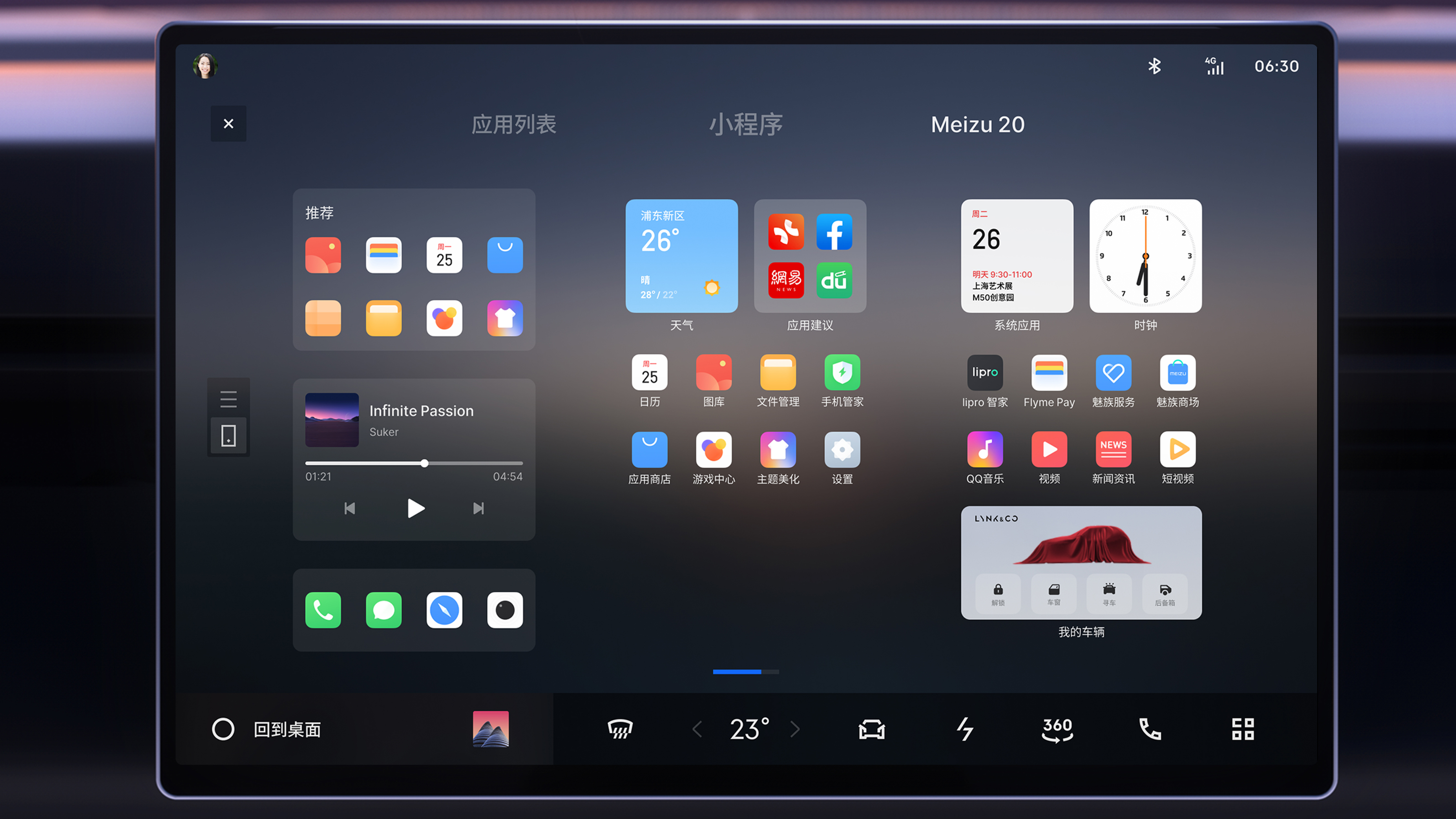We have learned exclusively from Meizu official that Meizu has released the details of its interface for FlymeAuto for the first time. Unexpectedly, the quiet Meizu has indeed made surprising achievements on FlymeAuto.
Figure 1 is the Flyme Link negative one screen specially designed for mobile-car connectivity, synchronizing mobile ecology for use on the car display. Meizu displays priority for frequently used functions. Similar to HarmonyOS cockpit, we guess that Flyme Link will also support application circulation.
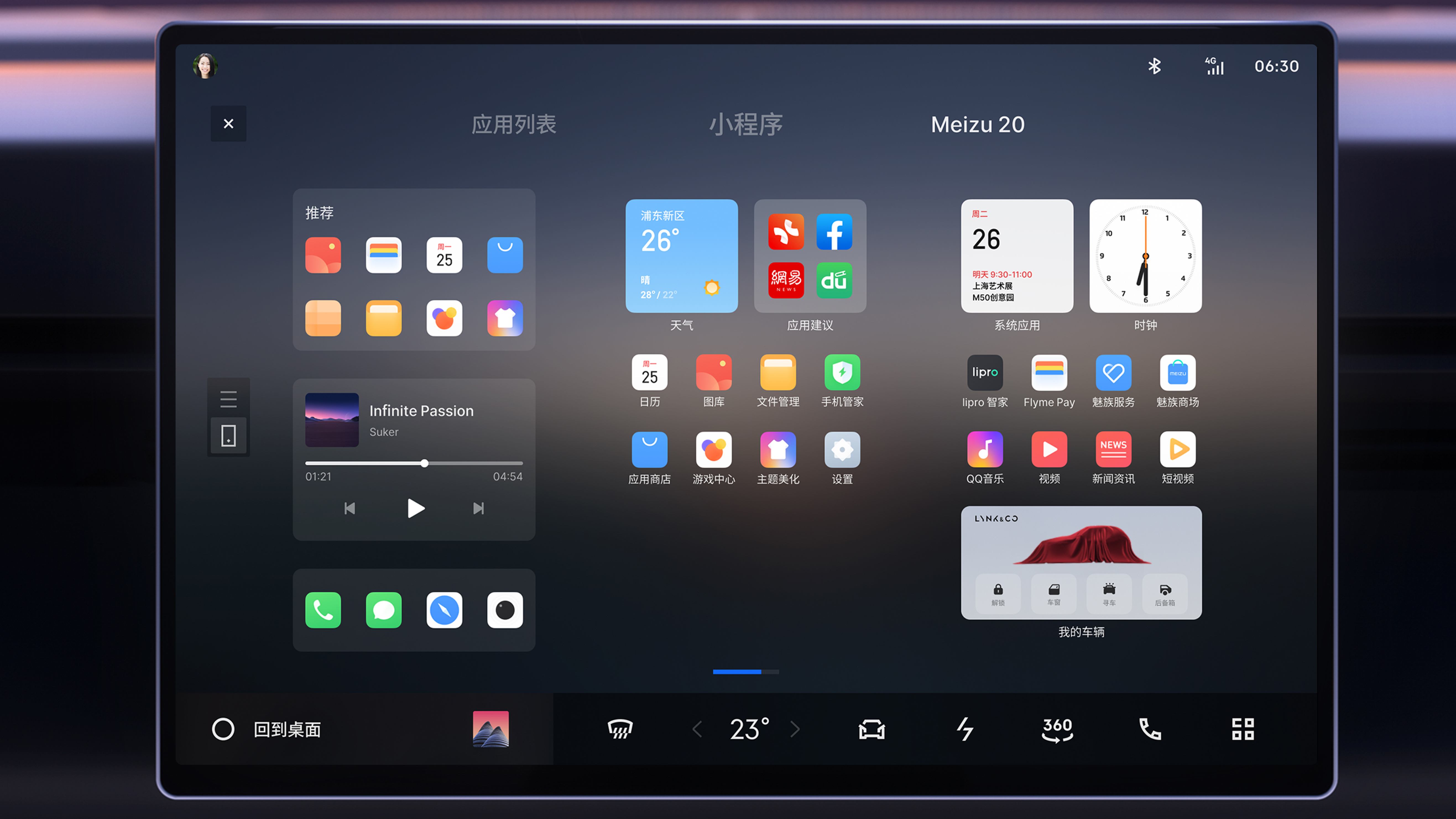
Figure 2 is a customized version of Meizu and QQ Music collaborating. Optimization is carried out for display and interaction on the car interface, and compared with the third-party intrusion version like “AiquTing”, the native system will have better performance in terms of search speed and music library.
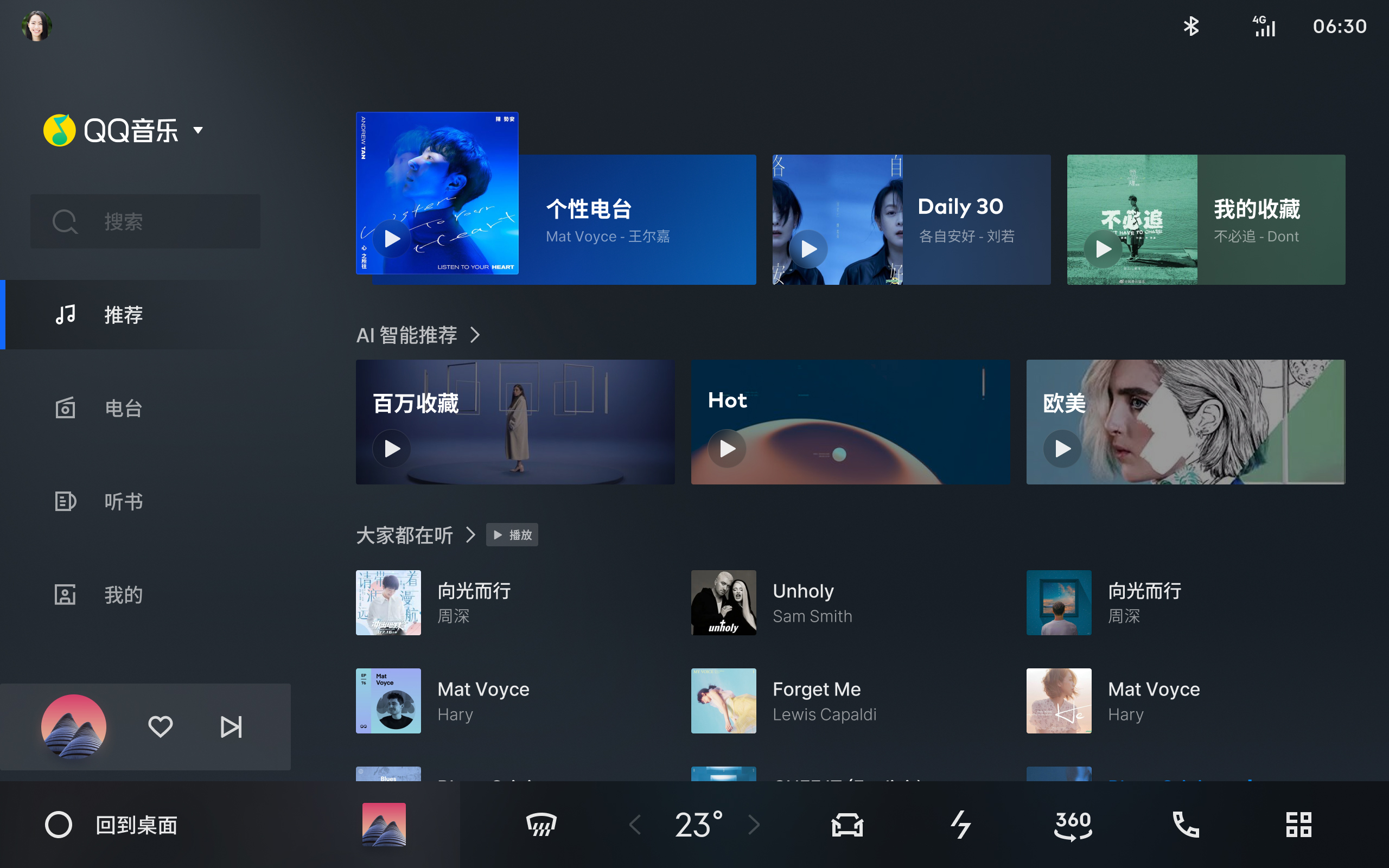
Figure 3, the split-screen mode of music and map navigation simultaneously open two applications at the same time, as the screen ratio can be freely adjusted. The layout inside the application will also be adjusted with the ratio. Based on the previously exposed video, the overall delay appears to be very low.
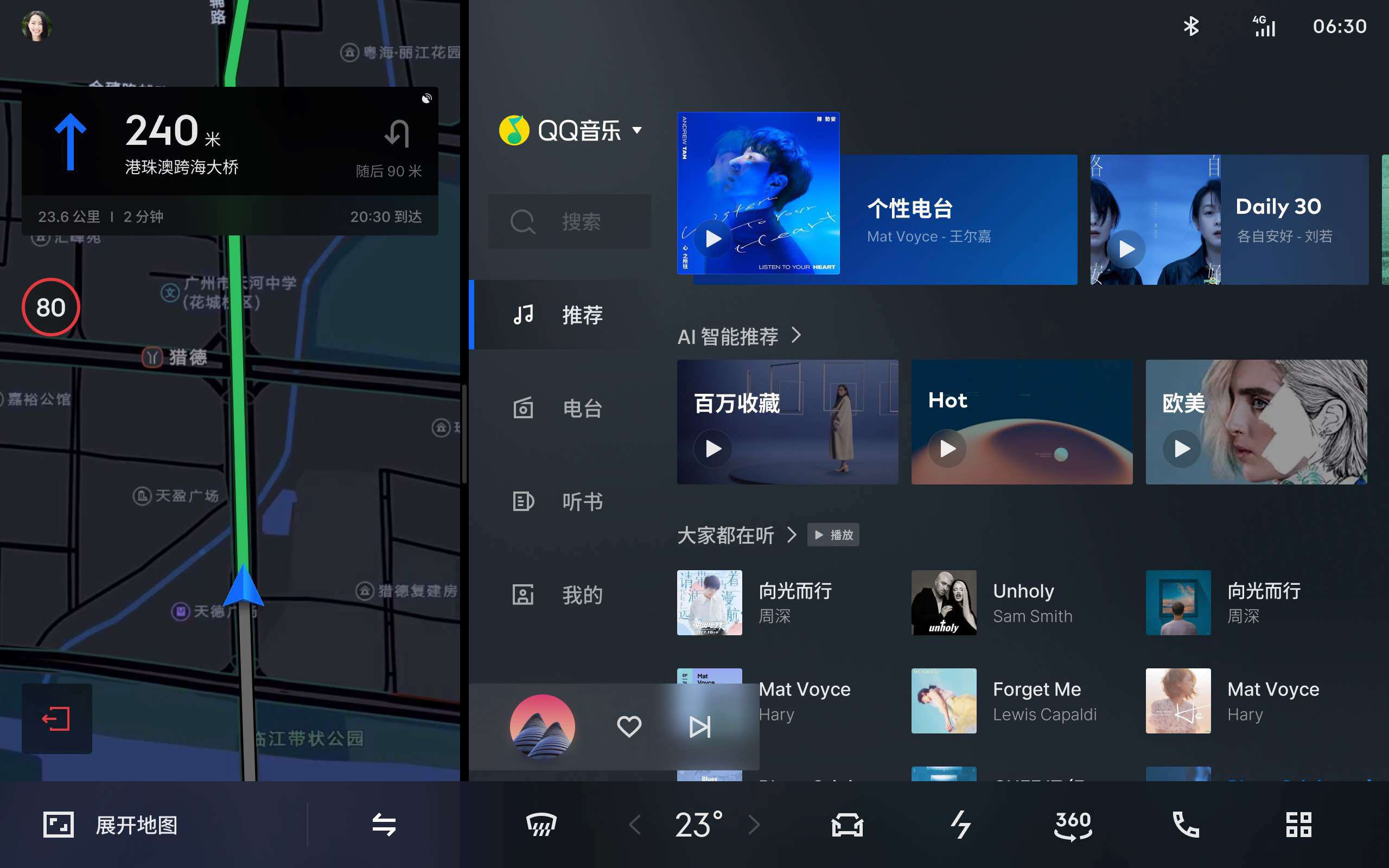
The fourth video is very interesting: in the “nap mode”, the fireflies on the car screen will interact with the ambient lights by “lighting up and dimming” each other; when the car door opens/closes, the fireflies will also create a “blown away” texture and there will be sound effects. It’s a bit like the “4D/5D movies” we play in scenic spots.
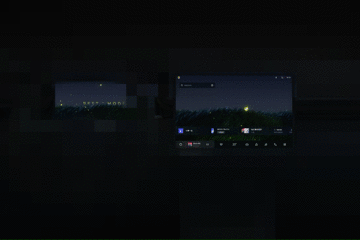
Meizu’s car team told us that FlymeAuto creates the overall design concept of “Alive Design”, the design concept of “Life Sense Design.” Excluding these Easter eggs, from the current UI design, function settings, and previously leaked videos, the FlymeAuto team has demonstrated strong skills.From the official announcement to now, FlymeAuto’s two-year-long product development has become increasingly mature. We are also pleased to see that the car team did not rigidly copy the logic of mobile phones, and they are also thinking and making changes based on the special characteristics of car machines.
Thumbs up to the team’s colleagues, and we are really looking forward to the performance of this system in cars.
This article is a translation by ChatGPT of a Chinese report from 42HOW. If you have any questions about it, please email bd@42how.com.
